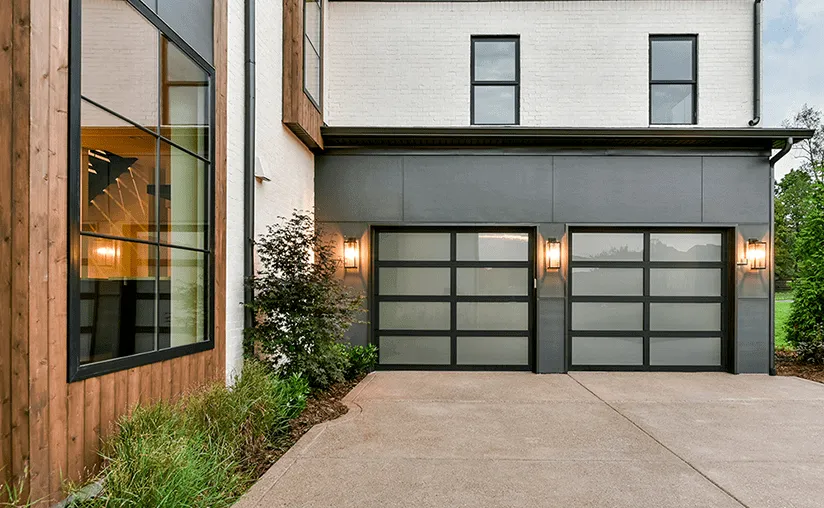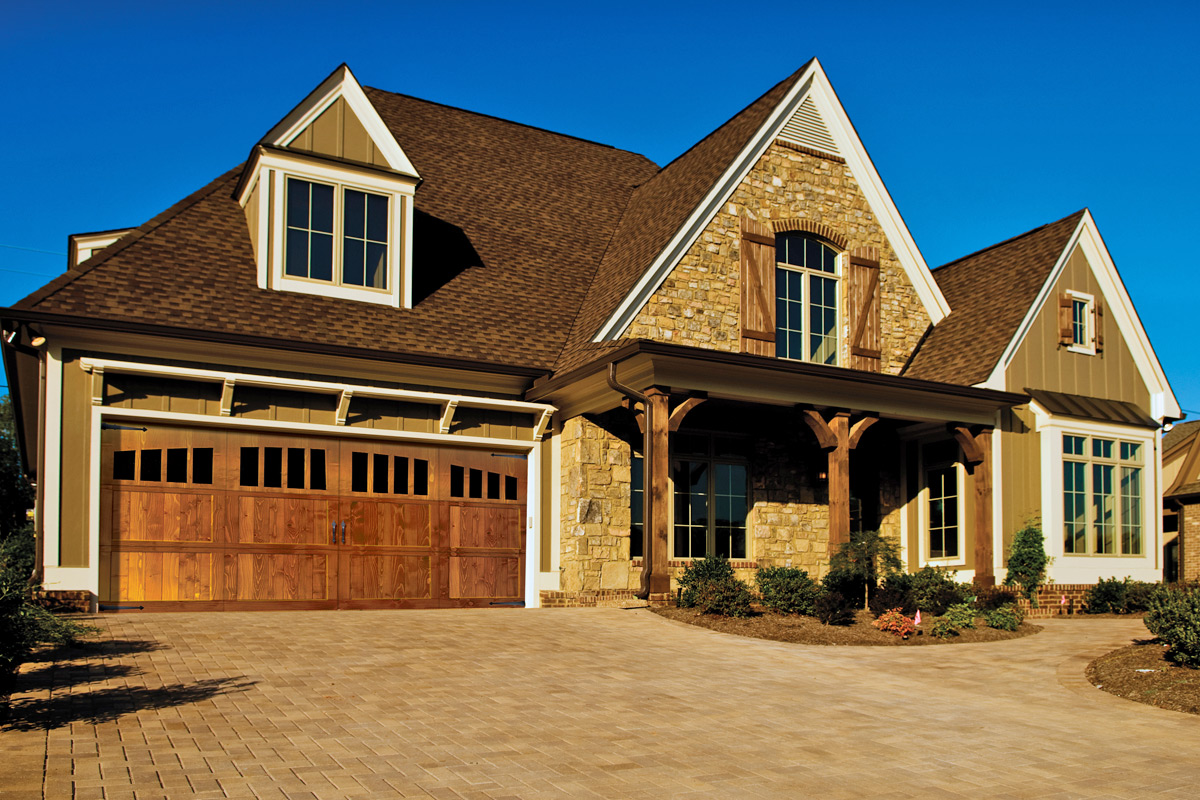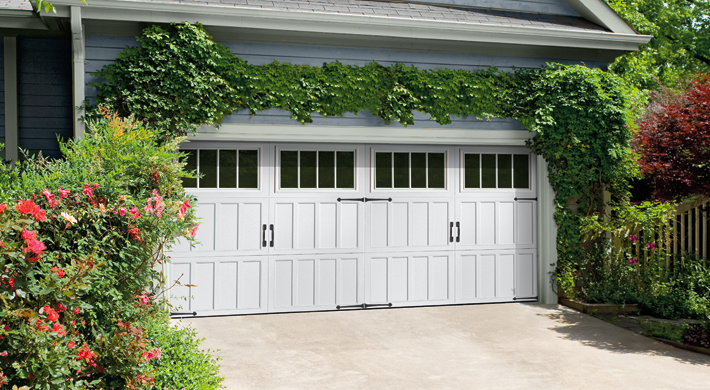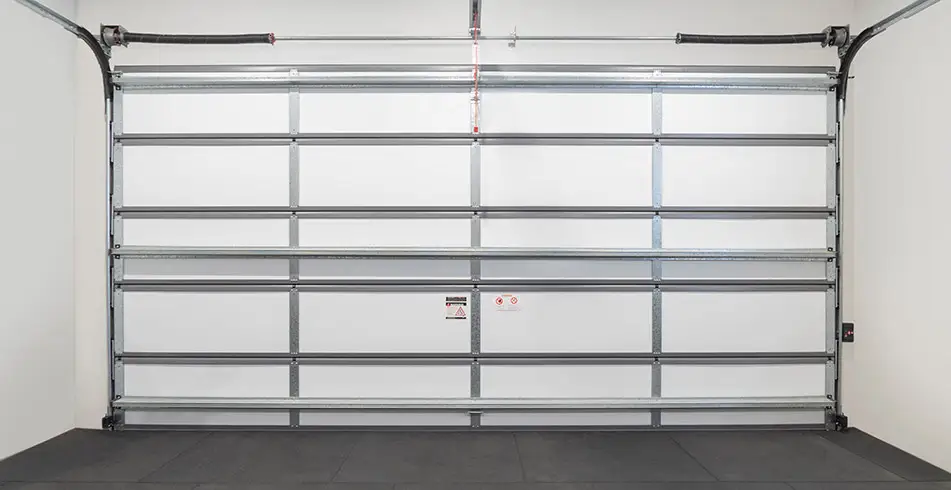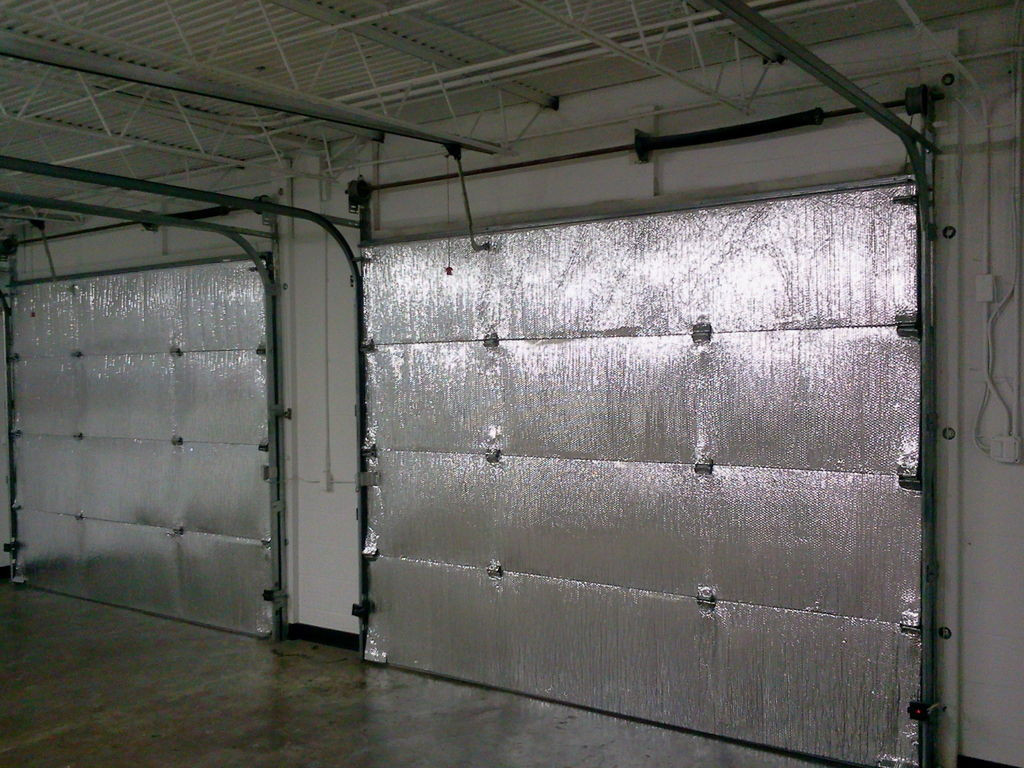
Introduction
In today’s world, incorporating technology into our homes has become a norm. For many homeowners, one such enhancement is having a garage door opener. But understanding how to connect your garage door opener correctly can save you time and effort. It also ensures the security and functionality of your system.
Why Connecting Your Garage Door Opener Matters
The process of connecting a garage door opener is not merely about convenience, but it also encompasses safety and efficiency. A properly connected garage door opener can prevent unauthorized access and potential accidents.
Q: What are the benefits of connecting a garage door opener correctly?
When you connect your garage door opener following the right procedures, the benefits you reap are tremendous. You enjoy seamless functionality, enhanced security, and the longevity of your garage door system.
Preparation Before You Start
Before diving into the actual steps of connecting a garage door opener, there are several preparatory steps you should take:
1. Gather Your Tools and Supplies
Ensure you have all the necessary tools, including a screwdriver, drill, stepladder, and your garage door opener kit. It’s wise to read through the manufacturers manual for any specific requirements or additional tools needed.
2. Check Your Existing Setup
Analyze your existing garage door setup. Understand the wiring and positioning of your garage door opener to avoid any complications during installation. This step is crucial for ensuring compatibility and ease of connection.
Step-by-Step Guide on How to Connect Your Garage Door Opener
1. Prepare the Garage Door Opener
Unbox your garage door opener kit and lay out all the parts. Make sure everything listed in the manual is present.
2. Position the Opener
Mount the garage door opener on the ceiling of your garage. Use the stepladder for assistance and ensure its securely fastened.
3. Attach the Rail
Connect the rail to the motor unit of the garage door opener. Secure it with screws as per the instructions in the manual.
4. Install the Belt or Chain
Depending on your model, attach the belt or chain to the rail. This mechanism is crucial for the upward and downward movement of the garage door.
5. Connect to Power
Plug in the garage door opener to a power source. Ensure your power outlet can support the electrical needs of the opener.
6. Program the Opener
Follow the manufacturers instructions to program the remote control and keypad. This process usually involves syncing the devices with the motor unit.
7. Testing the System
Test the garage door opener to check if its functioning correctly. Open and close the door several times to ensure smooth operation.
Common Problems and Solutions
Opener Not Responding
If your garage door opener is not responding, check the power connections and remote control batteries. Also, refer to the manual for troubleshooting tips.
Door Stuck Midway
If the door gets stuck midway, it could be a problem with the rails or the motor. Inspect and ensure everything is aligned and functioning well.
Remote Control Issues
Sometimes, the remote control might not work due to signal interference or programming errors. Re-sync the remote and replace its batteries if needed.
Conclusion
Connecting your garage door opener is a task that might seem daunting at first, but with the right tools, preparation, and steps, it becomes manageable and rewarding. Ensure you follow the manufacturers instructions and don’t hesitate to seek professional advice if needed. Happy Connecting!
Internal Links:
FAQs
1. How long does it take to connect a garage door opener?
On average, it takes about 3-4 hours, depending on your experience level and the complexity of the garage door opener system.
2. Can I install a garage door opener myself?
Yes, you can. With the right tools and instructions, it is possible to install a garage door opener yourself. However, if you’re unsure, it’s best to seek professional help.
3. What should I do if my garage door opener stops working?
First, check the power connections and remote control batteries. If the problem persists, refer to the troubleshooting section of your manual or contact a professional technician.





